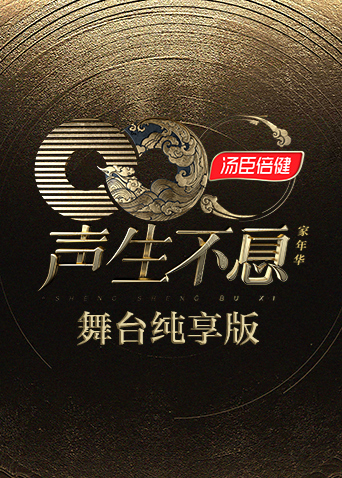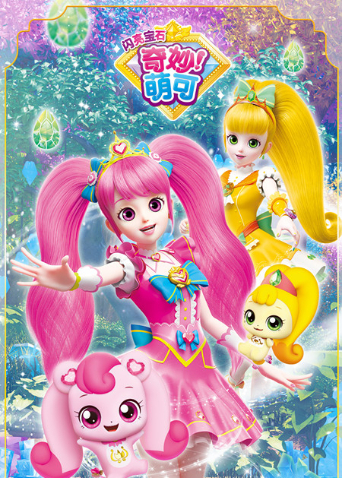故事发生在战乱时的宁城,亚洲日本人横行驻扎,亚洲老百姓水生火热。热血青年和隐藏身份的共产党员们寻找潜伏在敌军中的高官“白狼”,揪出内鬼共同制敌的故事。
故事发生在战乱时的宁城,亚洲日本人横行驻扎,亚洲老百姓水生火热。热血青年和隐藏身份的共产党员们寻找潜伏在敌军中的高官“白狼”,揪出内鬼共同制敌的故事。
回复 :丑小鸭成功拯救鸟类王国后回到了鸭子农场,在那里他受到了英雄般的待遇,丑小鸭也开始沉迷于这种明星的光环。另一边鸟类王国中一场不知名的瘟疫蔓延开来,不少鸟儿都染病不起,天鹅议员们派人前去寻求卡尔骑士的帮助,正巧卡尔骑士意外受伤,只能让丑小鸭去查明原因,可没想到在看到瘟疫惨状时,丑小鸭情绪崩溃害怕的逃走了,众人对丑小鸭失望透顶。逃走的丑小鸭也陷入深深的自责中,他终于重新振作起来,决定和丑小八一起找出病因,却没想到被暗中潜伏的加瓦埋伏,夺走了他的力量,还将他困在了枯井之中,在井内,丑小鸭找到生机,见到了鸟类神秘的古代遗迹,也揭开加瓦的秘密。危机时刻,丑小鸭及时赶到激活琉璃鸟之光,再次拯救了鸟类王国。
回复 :2020年,在东京奥运结束后,日本的景气突急速低迷,变成贫穷的弱者能轻易被击垮的社会。被派遣公司当成傻子,领微薄的薪水过着堕落生活的伊藤开司(藤原龙也 饰),某天再次遇见了成为帝爱集团社长的大槻太郎,大槻告诉开司在某位有钱长者所举办的活动中,能够一获千金的机会…
回复 :Two differences between this Austrian version and the generally available American version are immediately obvious: they differ both in their length and in the language of the intertitles. The American version is only 1,883 metres long - at 18 frames per second a difference of some 7 minutes to the Austrian version with 2,045 metres. Whereas we originally presumed only a negligible difference, resulting from the varying length of the intertitles, a direct comparison has nevertheless shown that the Austrian version differs from the American version both in the montage and in the duration of individual scenes. Yet how could it happen that the later regional distribution of a canonical US silent film was longer than the "original version"?The prevalent American version of Blind Husbands does not correspond to the version shown at the premiere of 1919. This little-known fact was already published by Richard Koszarski in 1983. The film was re-released by Universal Pictures in 1924, in a version that was 1,365 feet (416 metres) shorter. At 18 frames per second, this amounts to a time difference of 20 minutes! "Titles were altered, snippets of action removed and at least one major scene taken out entirely, where von Steuben and Margaret visit a small local chapel." (Koszarski)From the present state of research we can assume that all the known American copies of the film derive from this shortened re-release version, a copy of which Universal donated to the Museum of Modern Art in 1941. According to Koszarski the original negative of the film was destroyed sometime between 1956 and 1961 and has therefore been irretrievably lost. This information casts an interesting light on the Austrian version, which can be dated to the period between the summer of 1921 and the winter of 1922. Furthermore, the copy is some 200 metres longer than the US version of 1924. If one follows the details given by Richard Koszarski and Arthur Lennig, this means that, as far as both its date and its length are concerned, the Austrian version lies almost exactly in the middle between the (lost) version shown at the premiere and the re-released one.A large part of the additional length of the film can be traced to cuts that were made to the 1924 version in almost every shot. Koszarski describes how the beginning and the end of scenes were trimmed, in order to "speed up" the film. However, more exciting was the discovery that the Austrian version contains shots that are missing in the American one - shots/countershots, intertitles - and furthermore shows differences in its montage (i.e. the placing of the individual shots within a sequence). All this indicates that Die Rache der Berge constitutes the oldest and most completely preserved material of the film.



